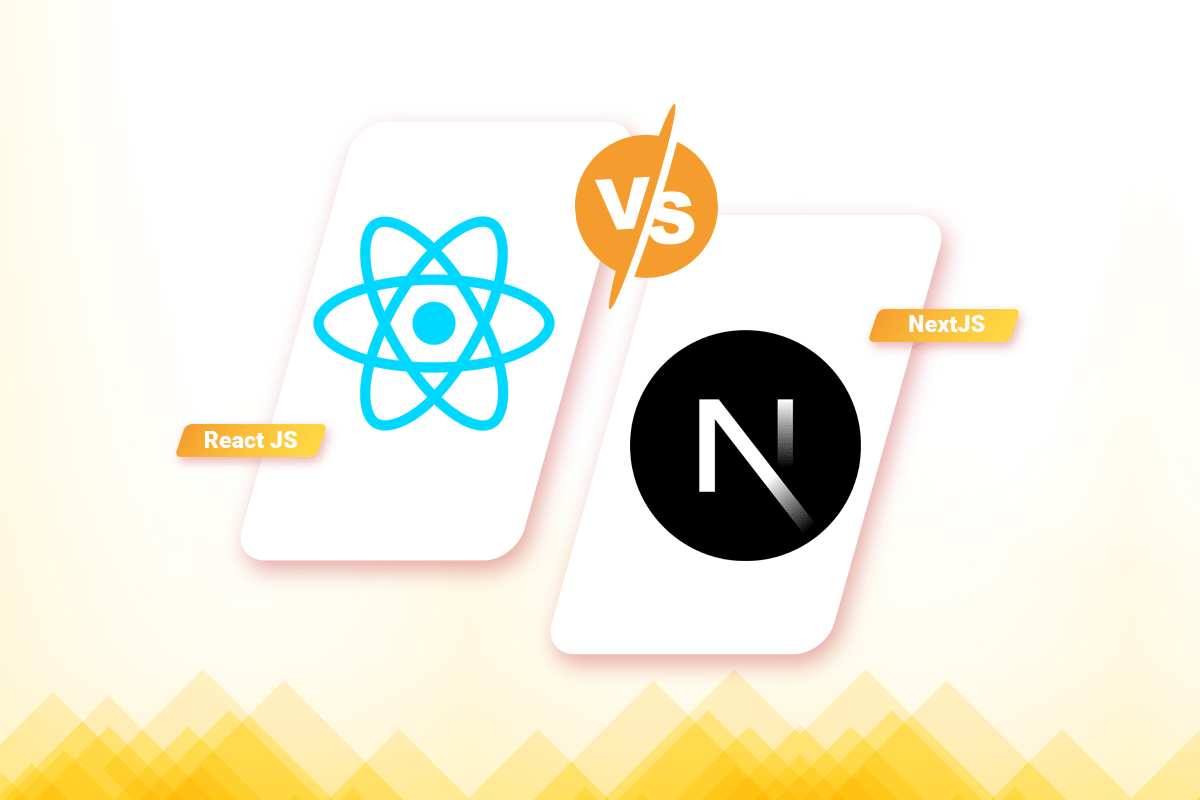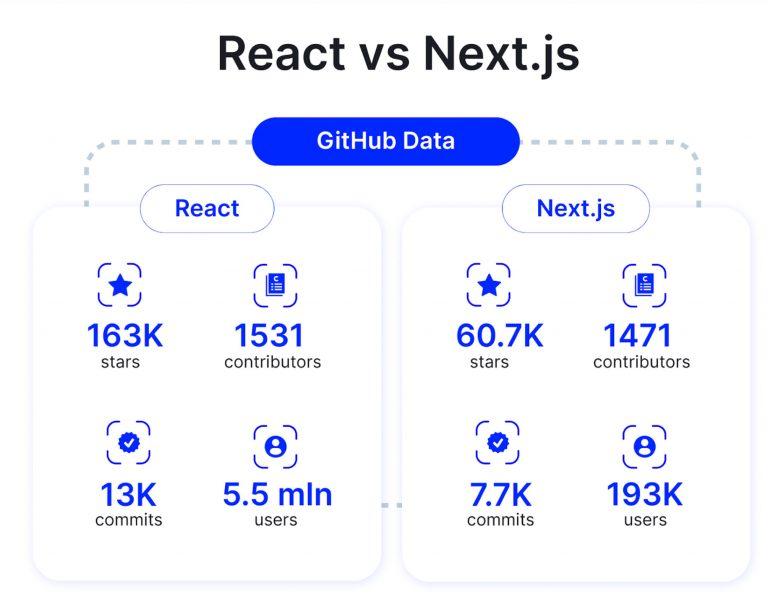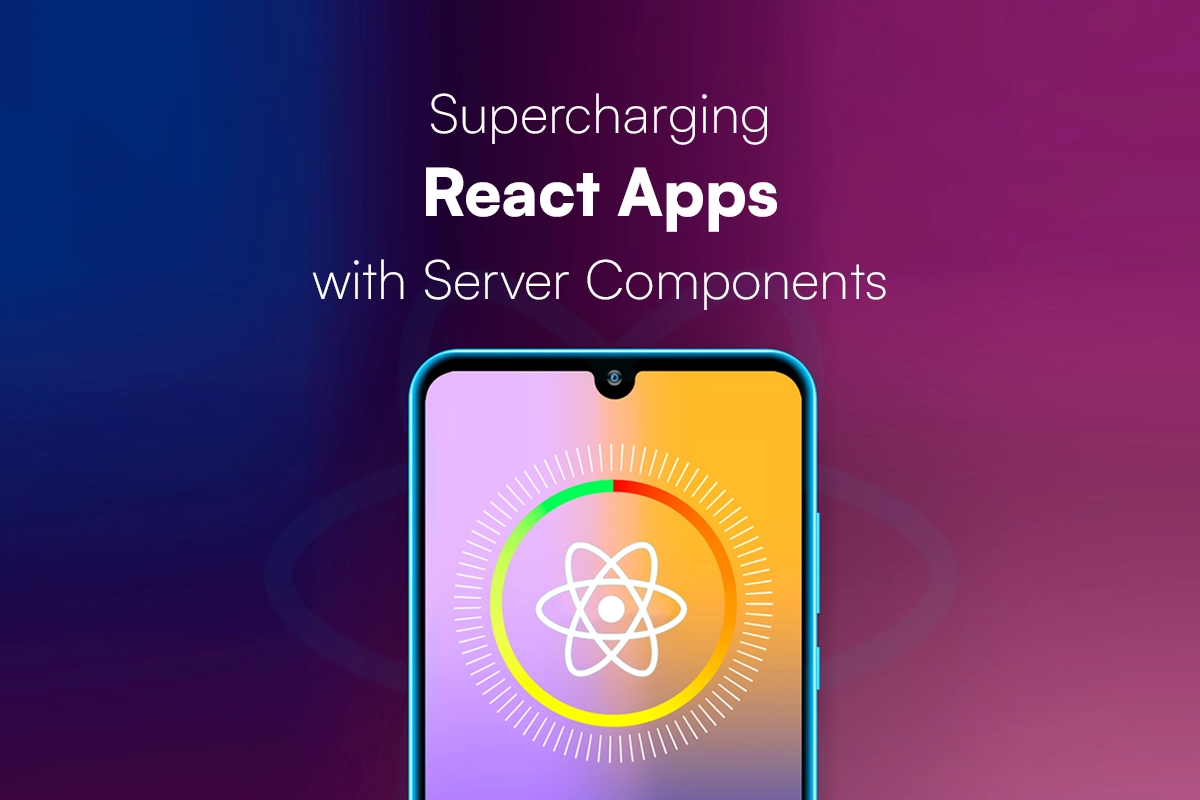React vs Next.js: Choosing the Best Framework for Your Web Application Needs

Introduction
Two of the most widely used front-end frameworks for creating web applications are React and Next.js. React is a library for creating user interfaces, while Next.js is a framework built on top of React that, among other capabilities, supports server-side rendering. We’ll examine React vs. Next.js in more detail in this article, as well as their benefits and drawbacks, and when to use each.
What is React?
React is the most used frontend library for building user interfaces. It was created and maintained by Meta open source (formerly Facebook). It is widely used for building single-page applications and complex web interfaces. React has a component-based architecture, which makes it easy to write reusable UI elements.
What is Next.js?
Next.js is a framework built on top of React with additional features such as server-side rendering, automatic code splitting, and static site generation. Next.js simplifies the process of building and deploying server-rendered React applications, making it a handy option for developers.

React vs Next.js: When to use each
React is best suited for creating single-page applications or complex web interfaces that require a high level of interactivity. It’s a great choice for creating custom UI components, and it’s flexible enough to work with any back-end technology.
Next.js, on the other hand, is ideal for creating server-side applications. If your app needs to be SEO-friendly or it needs to load fast, server-side rendering is essential. Next.js also makes it easy to share code, which can help reduce the initial load time of your app.
Both Next.js and React offer methods for integrating APIs and obtaining data. While Next.js has built-in functions like getStaticProps and getServerSideProps to fetch data throughout the server-side rendering process, React requires libraries like Axios or Fetch to handle HTTP requests.
Dynamic routing is supported by both React and Next.js. The definition of dynamic routes is made easier by Next.js’s file-based routing system, which lets developers build routes based on the file system structure.
React is used by leading firms like Facebook, Instagram, Netflix, Airbnb, and WhatsApp, whereas Next.js is used by Twitch, Hulu, Nike, Lyft, and Ticketmaster in their Web Applications.
Advantages of React
- React is flexible and can be used with any backend technology.
- Creating reusable UI components with React is easy.
- React has a large and active community, making it easy to find help and resources.
Disadvantages of React
- Installing and configuring React can be difficult, especially for beginners.
- React does not provide server-side rendering out of the box, which can affect SEO and performance.
- It often requires the use of third-party packages and libraries to add simple functionalities. they can add complexity to a project and cause compatibility issues. It also leads to additional maintenance and update work for developers.
Advantages of Next.js
- Next.js provides server-side rendering, making it easy to create SEO-friendly apps.
- Next.js makes it easy to share code that can help improve your application’s performance.
- Next.js includes many useful features out of the box, such as automatic static content optimization, API routes, Data Fetching, Middleware execution etc.
- Next.js also enables developers to create full-stack Web applications by extending the latest React features.
- Next.js has built-in image optimisation features that make it possible to load and render images quickly. It automatically adjusts image quality based on the dimensions of the device screen and offers lazy loading in addition to other efficiency enhancements.
Disadvantages of Next.js
- Next.js can be more difficult to install and configure than React alone.
- Next.js is not as flexible as React because it requires a specific server-side rendering setup.
- Next.js may not be the best choice for smaller applications that don’t need server-side rendering.
Conclusion: React and Next.js are both powerful packages for building web applications, but are best suited for different use cases. If you need a flexible library to build custom front-end components or work with any back-end technology which does not require any SEO such as CRM apps, Analytical Dashboards React is a great choice. If you need server-side rendering or automated code, or apps that heavily require SEO such as eCommerce, Blog, or Social Networking apps, Next.js is the way to go.
The Choice between React and Next.js ultimately relies on the unique requirements of your project.





